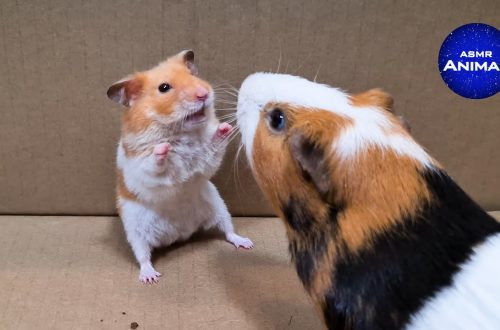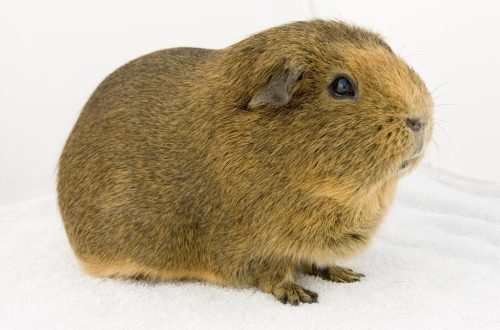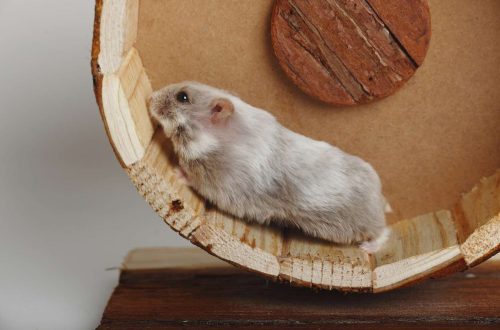
Interesting facts about chinchillas for children and adults
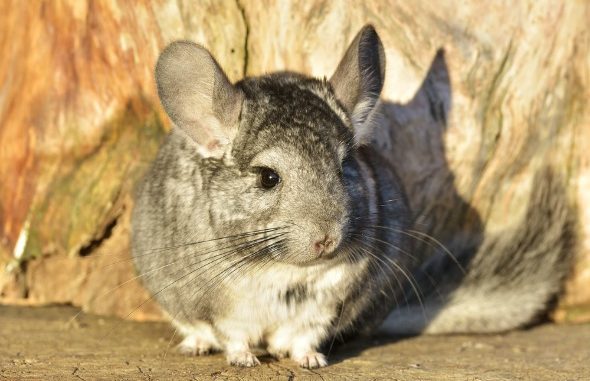
Interesting facts about chinchillas for children and adults can be an unexpected discovery, even if this charming animal lives in a home apartment. The body of the rodent, the history of its domestication and character are fraught with entertaining stories and information.
Contents
History of domestication
It is known that chinchillas lived as pets in the dwellings of the Indians. The name of the animal was borrowed from the Peruvian Chincha tribe. Hunting for the animal for the indigenous population was strictly limited.
Matthias F. Chapman laid the foundation for the spread of chinchillas in Europe. The man acquired one individual from a Chilean, which inspired him to be active. In 1919, he assembled a 23-man expedition to capture some rodents in the Andean highlands and bring them to the United States.
Interesting Facts:
- one of the members of the detachment claimed that the journey with the captured animal to the base took more than 4 weeks;
- in three years, a group of 24 people managed to catch only 12 chinchillas;
- to protect animals in swimming from the adverse climate, people used ice and constantly covered the cages with a wet cloth;
- on the way, the only individual died, and one of the females brought offspring;
- most of Chapman’s pets outlived him. One of the animals successfully celebrated its own 22nd birthday. He was named Old Hoff in honor of the blacksmith who designed the cages for moving animals to America.
The life span of the animal is more than ten years. The oldest individual recorded in England, her age is 28 years and 92 days.
In 1964, chinchillas first appeared in Russia. The first individuals were observed at research laboratories of economy and fur farming. Rodents perfectly adapted to new conditions and quickly multiplied. Several animals from this batch were released in the mountainous regions of the country, where, according to eyewitnesses, they have safely settled and still live.
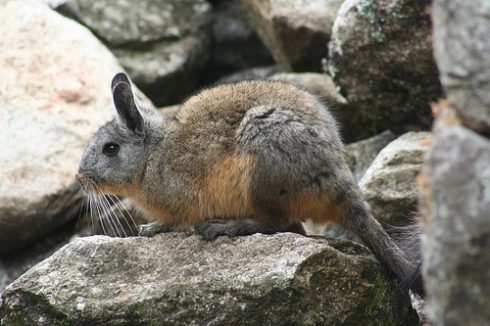
Biological features
Chinchilla is a sensitive and cautious animal. Observations in the natural habitat are difficult to carry out. Scientists get most of the information by studying domesticated animals.
The homeland of the rodent is not hospitable. Poor vegetation, lack of water and shelters, treachery of the soil underfoot and the consequences of a high location suggest strict requirements for the body and lifestyle.
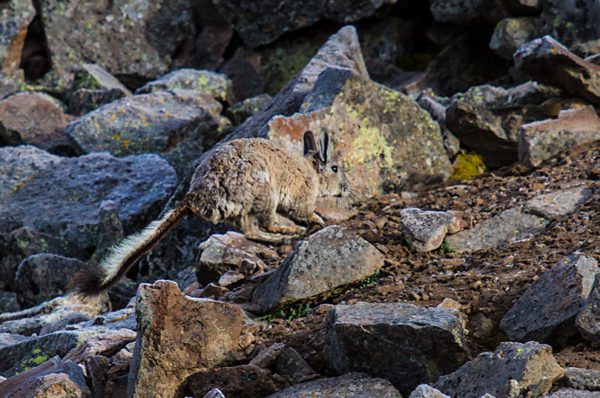
Interesting Facts:
- Chinchillas are colonial animals, the number of flocks can reach hundreds. Despite this, rodents are monogamous and rarely change a partner once chosen;
- females in the colonies occupy a dominant position. They are larger and more active than males;
- due to the unique structure of the skeleton, the animal is able to strongly shrink vertically and squeeze into the narrowest gaps;
- the animal loves to sleep, and spends most of the daytime doing this activity. If necessary, able to rest upside down;
- in the natural habitat, the diet of a rodent, in addition to plant foods, includes insects;
- animal erythrocytes carry more air molecules, which makes it easier to survive in an environment with a rarefied atmosphere;
- chinchilla fur is recognized as the softest in the world. The reason for this is the thick undercoat of the beast. Despite this, the rodent easily sheds its fur in case of danger, leaving only a piece of it in the claws of the predator;
- the cerebellum of the chinchilla is better developed than that of most fellow rodents, which ensures good coordination of movements;
- the animal completely lacks sebaceous and sweat glands, so it practically does not exude odors, less often becomes an allergy catalyst, and does not hold well on water.
Interesting for children
Children will be curious to know that chinchillas are born with eight teeth at once. The growth of canines and molars does not stop throughout life.
Another fun fact is that chinchillas have freckles. With age, the ears of the animals are covered with beige and brown spots. This is facilitated by the presence of a beige color gene in the animal’s DNA.
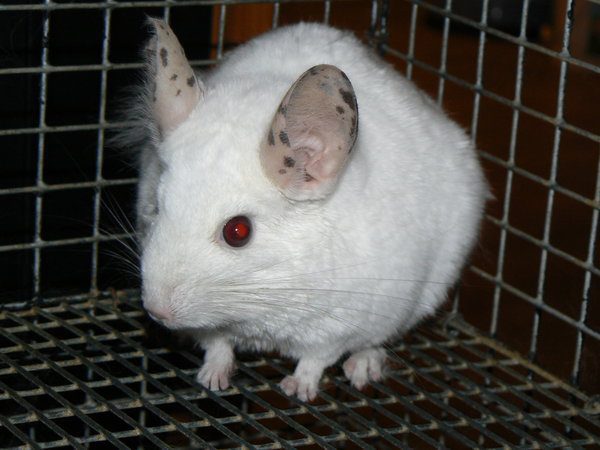
These rodents are very clean, but do not use water for bathing. To get rid of the dirt on the wool, animals take sand baths. There are special eardrums in the ears. During hygiene procedures, they protect the ear canals from the ingress of grains of sand.
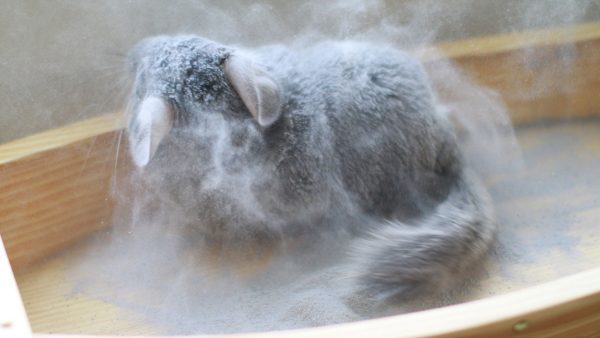
The front paws of the animals grow faster than the hind ones. Like human palms, they have five fingers. There are only four of them on the hind limbs. When the rodent eats, it crouches and holds the food with its front paws, which looks very cute.
Video: interesting facts about chinchillas
Interesting facts about chinchillas
3.9 (77.39%) 23 votes



